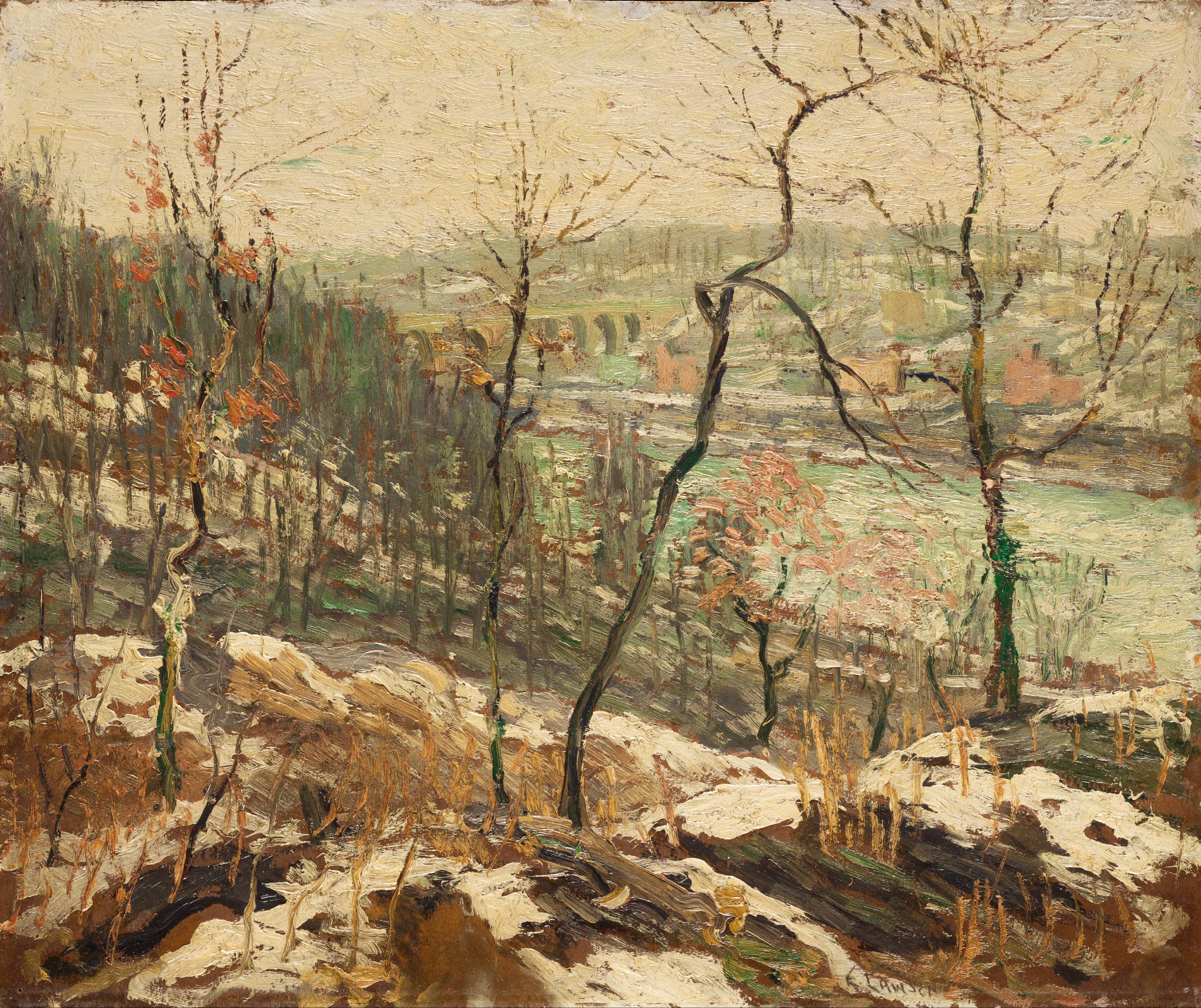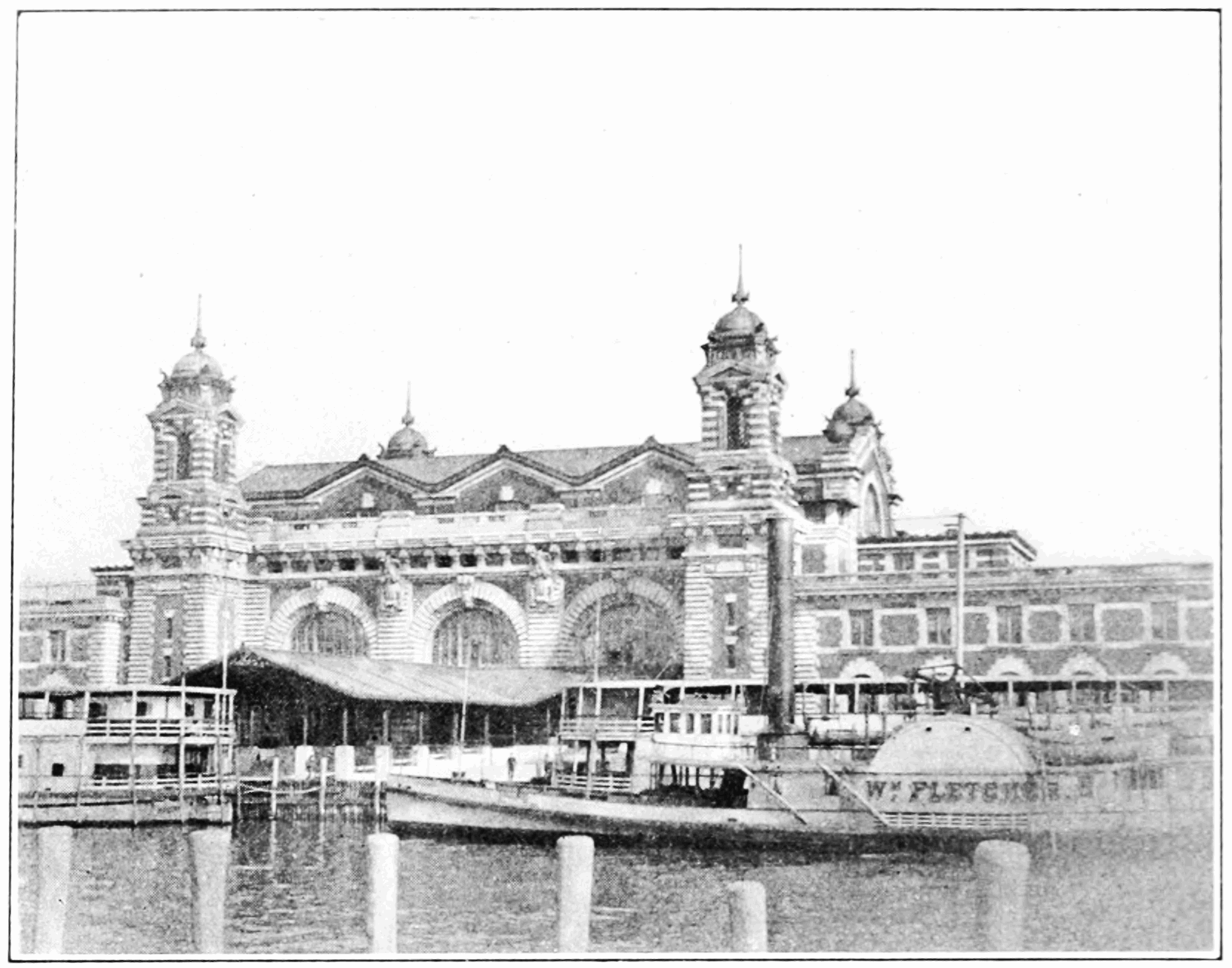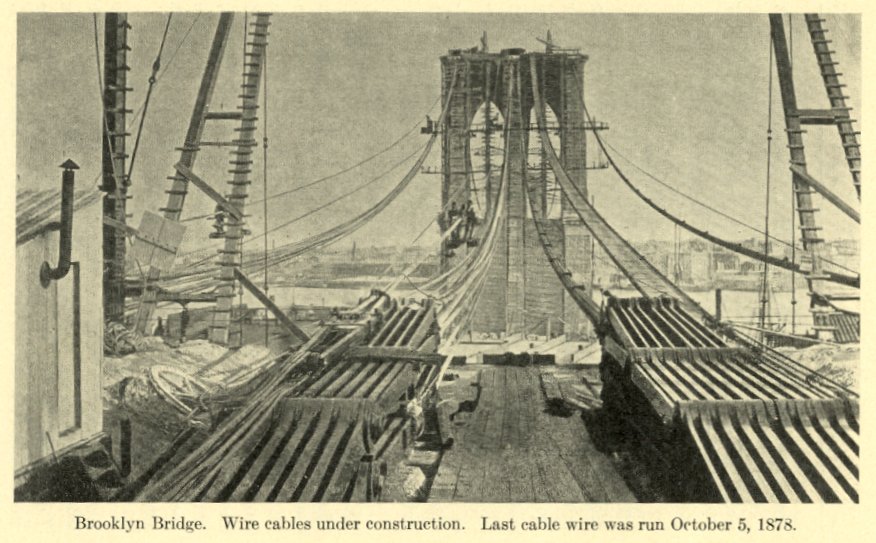Decorating an old New York City apartment can often be a very daunting process. If keeping up with he historical integrity of the building and or the apartment is a priority then it can be even more of a challenge. Luckily in this blog post we will assist you in various ways you can contribute to the vintage feel of your aged and nostalgic NYC apartment. We will list a range of decorative items and concepts that will ultimately create this vintage atmosphere that you seek. If you’d like to take a closer look at the decorative items below, feel free to click on the images as it will bring you to our online store where these items are currently being sold. If you have any questions please feel free to ask below!
1) Framed New York City Map Prints
How amazing do these vintage maps of New York City really look! Talk about beauty, history, nostalgia! A framed vintage map poster of NYC should be considered as on of pillars of creating historical decor in a Manhattan apartment. Guests and family members will be mesmerized by the historical beauty of these vintage relics.
2) Brooklyn Bridge Throw Pillows
 A throw pillow, especially one sporting a black and white photograph of the Brooklyn Bridge at night will not only create an iconic decorative feel to a desired room, but will also contribute to the historical feel of a domicile. The Brooklyn Bridge is recognized as one of the most prominent historical cornerstones of NYC history. It’s structure is over a century old and still has several of the engineered facets still intact. The throw pillow itself can be used to decorate a bed, a couch, even a window nook.
A throw pillow, especially one sporting a black and white photograph of the Brooklyn Bridge at night will not only create an iconic decorative feel to a desired room, but will also contribute to the historical feel of a domicile. The Brooklyn Bridge is recognized as one of the most prominent historical cornerstones of NYC history. It’s structure is over a century old and still has several of the engineered facets still intact. The throw pillow itself can be used to decorate a bed, a couch, even a window nook.
3) Manhattan Map Shower Curtains
 Ya we went back with the vintage maps, this time though on shower curtains. Firstly I would just like to say that it is my belief that shower curtain designs are the singular item that stands out the most in ANY bathroom. Largely because it covers a huge surface area and allows the owner to express him or herself very easily in terms of the relative decor. The map designed and featured on the shower curtain above is that over lower Manhattan and features the many wards of NYC. I love this design as it also features a white background and would be great for a bathroom that gets tons of light and or has white backgrounds as well.
Ya we went back with the vintage maps, this time though on shower curtains. Firstly I would just like to say that it is my belief that shower curtain designs are the singular item that stands out the most in ANY bathroom. Largely because it covers a huge surface area and allows the owner to express him or herself very easily in terms of the relative decor. The map designed and featured on the shower curtain above is that over lower Manhattan and features the many wards of NYC. I love this design as it also features a white background and would be great for a bathroom that gets tons of light and or has white backgrounds as well.
4) World Map Desk Lamps
We went with yet another vintage map, but this time we changed it up with a vintage map of the world. Old world maps just give off the decorative vibe of nostalgia and history. They look good and when lit up they look even better. These lamps are great for end tables in a living rooms, offices, studies, bedrooms and much more.
5) New York City Skyline Photograph Wrapped Canvas
 We’ve done full circle I believe with wall art, as we’ve made our way to wrapped canvases. A wrapped canvas is great as it protrudes from the wall and displays material that is eye popping really. On the design above we have a vintage photograph of the NYC skyline presented before us. Skyline photographs of any city are amazing, but there is something about the NYC skyline that is just simply iconic. A wrapped canvas like this one would be perfect for a bedroom, living room, study or anywhere in which you need more wall art.
We’ve done full circle I believe with wall art, as we’ve made our way to wrapped canvases. A wrapped canvas is great as it protrudes from the wall and displays material that is eye popping really. On the design above we have a vintage photograph of the NYC skyline presented before us. Skyline photographs of any city are amazing, but there is something about the NYC skyline that is just simply iconic. A wrapped canvas like this one would be perfect for a bedroom, living room, study or anywhere in which you need more wall art.



























































